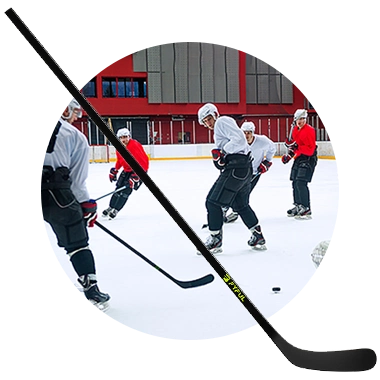Custom Pickleball Paddle Service
Custom Pickleball Paddle Service
At FYFUL, our custom pickleball paddle service is designed to elevate your game with paddles that are as unique as you are. Start your journey by choosing a paddle that truly represents your personal style and enhances your performance on the court.
Crafted with meticulous attention to detail, each paddle combines cutting-edge materials and technology to offer the best in playability and durability. The core of our paddles features a lightweight honeycomb core material, known for its ability to balance strength and flexibility for responsive gameplay. Surrounding this core, the paddle surface can be customized with high-quality UV print technology that not only resists wear but also brings vibrant, intricate designs to life. These paddles are finished with sturdy edge guards to protect against dings and scratches, and a personalized grip handle tailored to your preferred feel for comfort and control during intense play.
Whether you’re enhancing your own collection or outfitting a team, our custom service ensures every paddle is perfectly aligned with your needs. Let us help you create a paddle that not only meets but exceeds your expectations, providing you with the ultimate tool to improve your game.
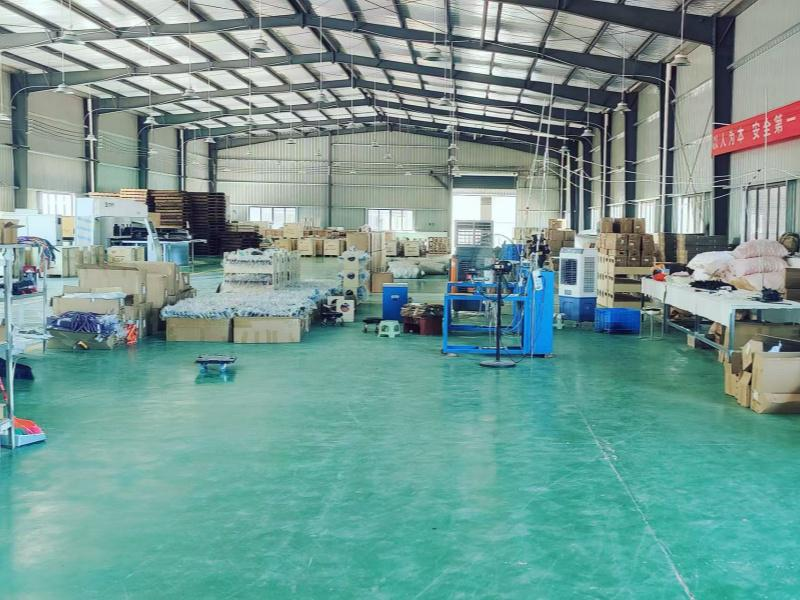
Pickleball Paddle Material Selection
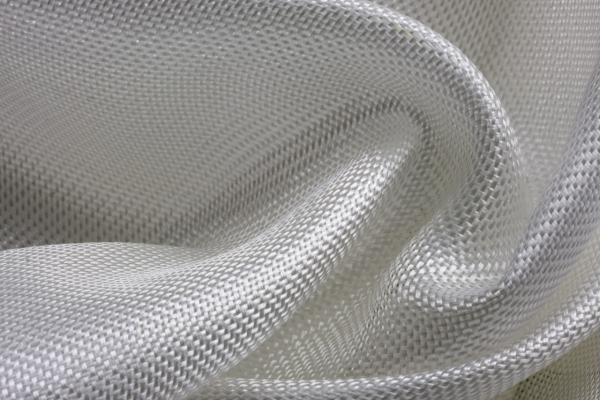
Fiberglass
Fiberglass is lightweight and durable, offering excellent control and power. Its construction enhances maneuverability, making it ideal for players seeking precision in every shot.

Carbon
Carbon provides exceptional strength and responsiveness. The lightweight design allows for powerful strokes while maintaining excellent control, catering to both competitive and recreational players.
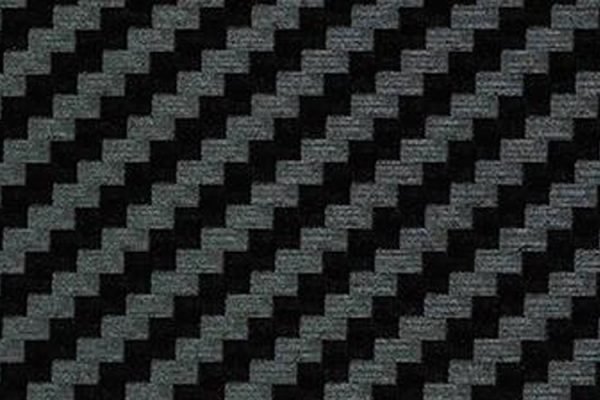
Kevlar
Kevlar is known for its unmatched durability and impact resistance. It delivers powerful performance while maintaining lightweight characteristics, making it suitable for intense matches.

3K Carbon Fiber
Featuring 3K carbon fiber construction, this material offers a balance of strength and flexibility. It provides excellent responsiveness for aggressive players seeking high performance.

T700 Carbon
T700 Carbon is renowned for its high strength-to-weight ratio, enhancing both power and maneuverability. This material is perfect for players looking for a robust yet lightweight paddle that delivers consistent performance across various playing conditions.

Titanium
Titanium combines strength with lightweight properties, offering enhanced durability. Its unique design provides a solid feel and exceptional power, suitable for competitive play.
Pickleball Paddle Processing Technology
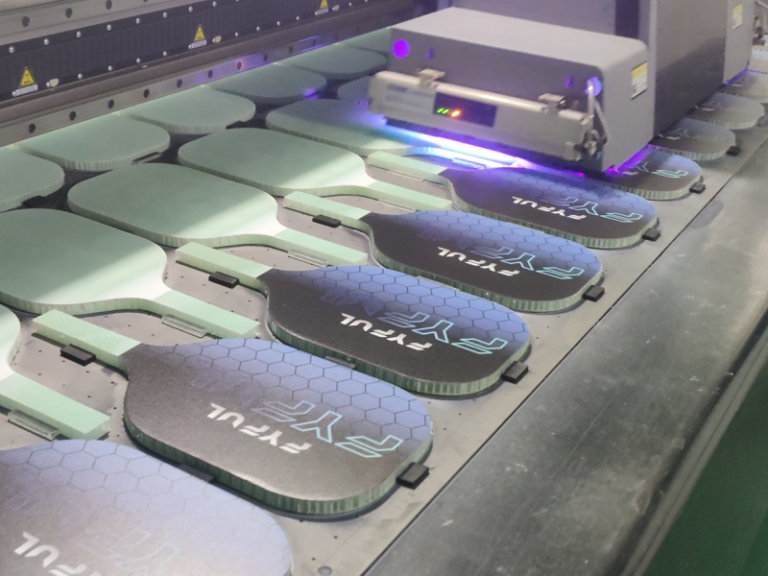
Cold-Pressing Technology
Cold-pressing involves pressing layers of material together at room temperature. This method does not use heat, which helps preserve the integrity of the materials and results in a paddle with enhanced flexibility and feel. Cold-pressing allows for greater control over the paddle’s characteristics, such as weight and thickness, making it possible to produce paddles that cater specifically to a player’s style and requirements.
Benefits
– Produces a very solid and durable paddle, resistant to wear and environmental factors.
– Offers a consistent playing experience, with less variability between individual paddles.
– Typically provides a larger sweet spot and more power, beneficial for aggressive players.
Thermoformed Pickleball Paddles
Hot-pressing, in contrast, involves the application of heat and pressure to bond the paddle materials. This method typically produces a more rigid and durable paddle, as the heat helps to fuse the materials more thoroughly. Hot-pressed paddles are often more consistent in performance and offer increased power for players.
Benefits
– Enhanced feel and control due to the absence of heat which can alter material properties.
– Ability to customize the paddle’s flex and response to suit different playing styles.
– Generally results in a lighter paddle, which can be easier to handle and maneuver.

Pickleball Paddle Manufacturing Process
Pickleball paddle customization is a meticulous process tailored to meet the unique preferences of our clients.
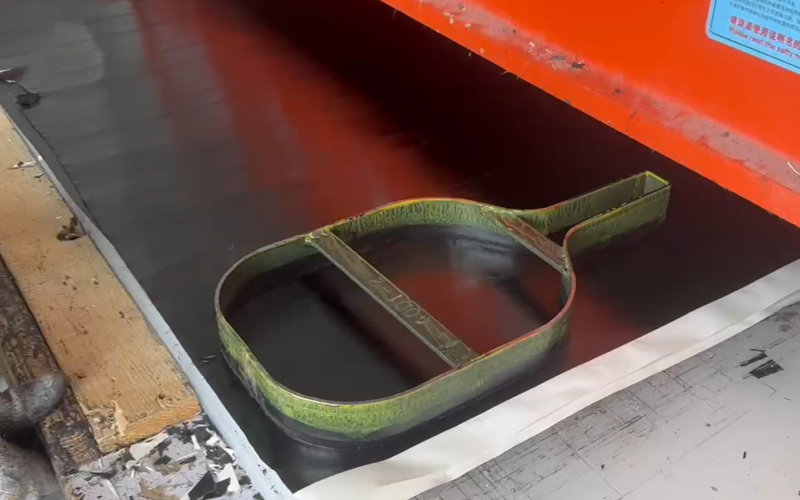
Material Cutting
Precisely cut core and surface materials into required sizes to prepare for paddle assembly.
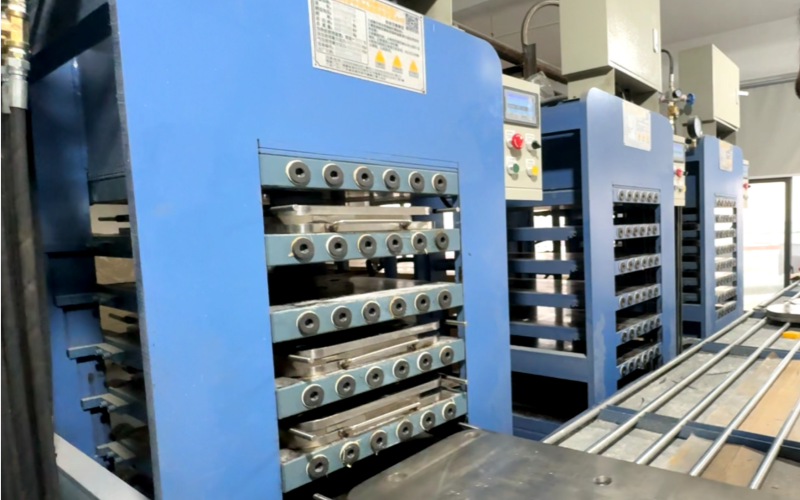
Mould Pressing
Core and surface layers are pressed in a mould to form the paddle’s basic structure.
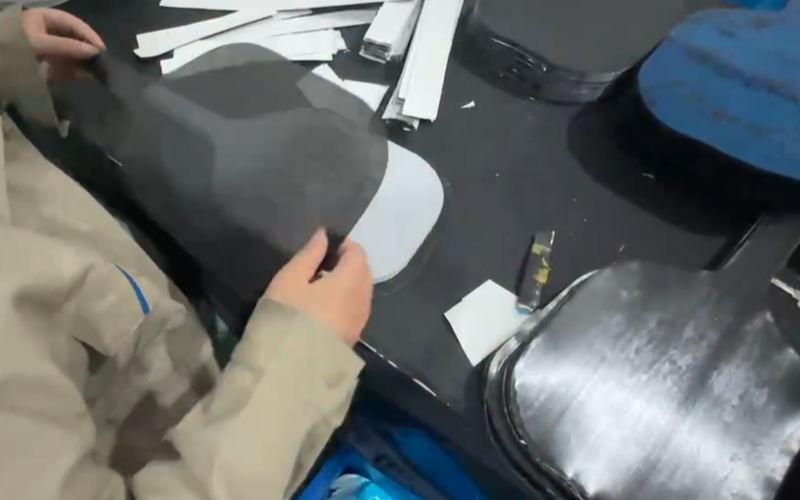
Bonding
High-strength adhesive is applied to bond the paddle’s core and surface layers securely.
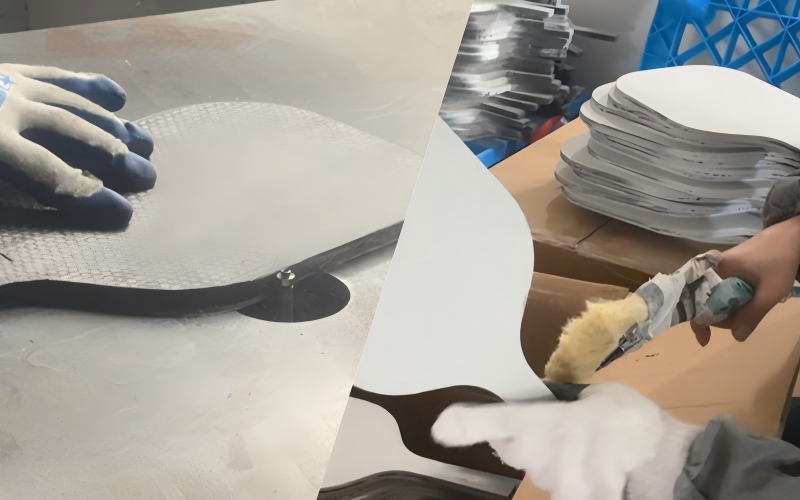
Polish
Paddle edges and surfaces are polished to ensure a smooth finish and eliminate rough spots.
#Comparison Chart: Nomex Core Pickleball Paddle vs. Polymer Core Pickleball Paddle
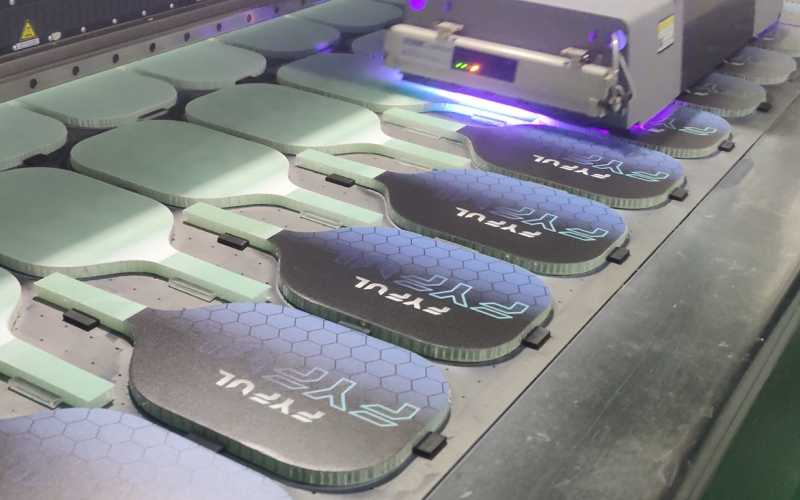
UV Jet Printing
Designs and logos are printed onto the paddle using UV technology for vibrant, durable graphics.
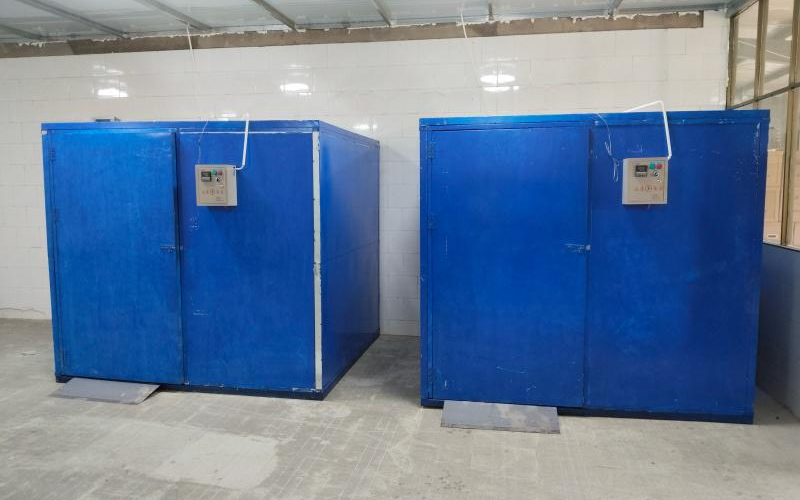
Spray Drying
A protective coating is sprayed on the paddle’s surface and dried to enhance durability.

Accessories Assembly
Handles, grips, and edge guards are attached to complete the paddle’s construction.
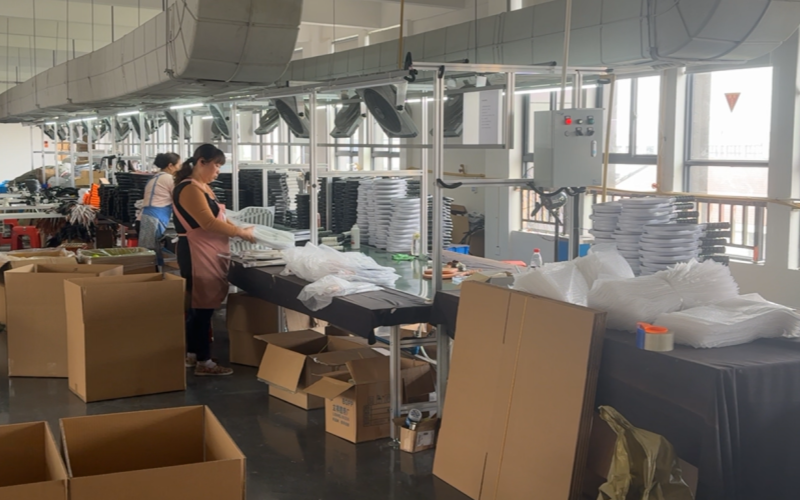
Packaging
Finished paddles are carefully packed in protective packaging, ready for shipping and distribution.
Pickleball Paddle Accessories Selection
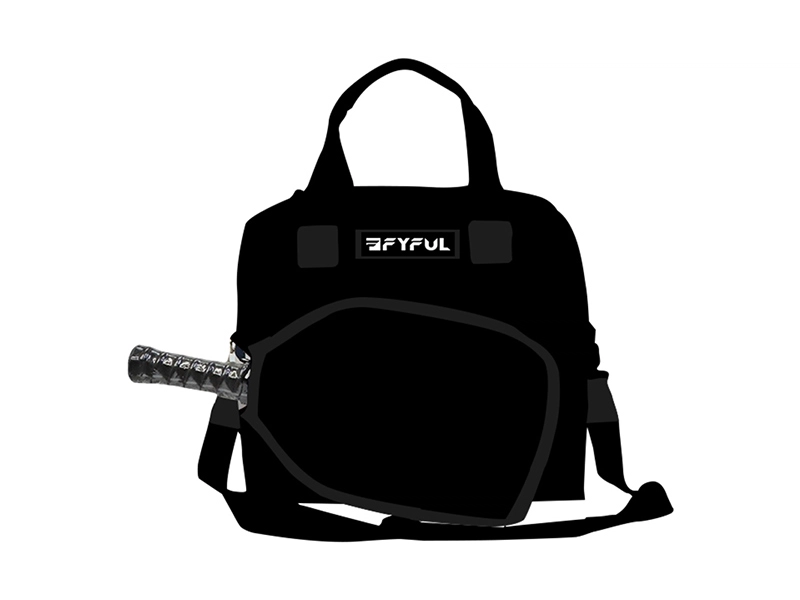
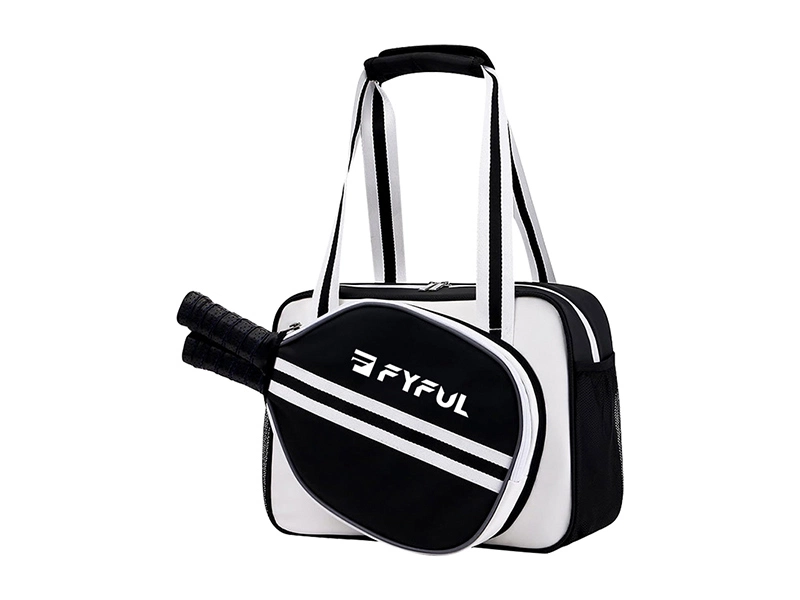
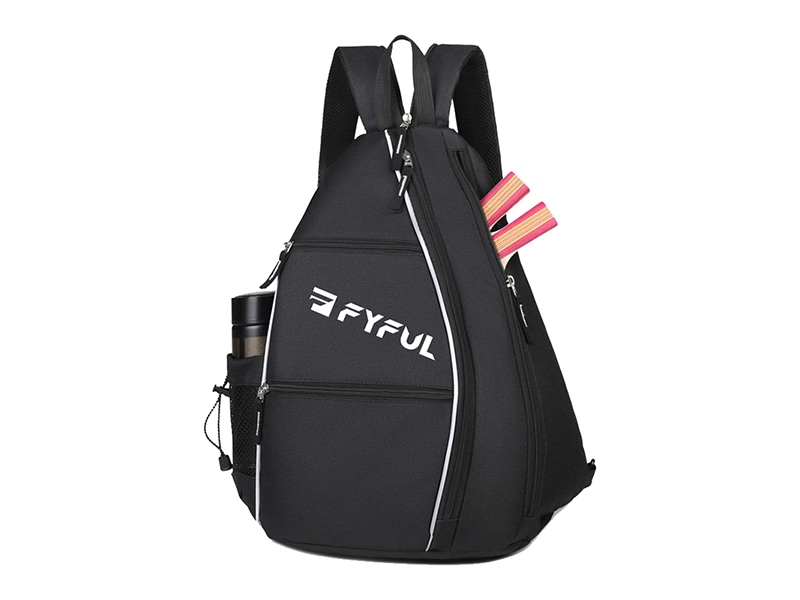
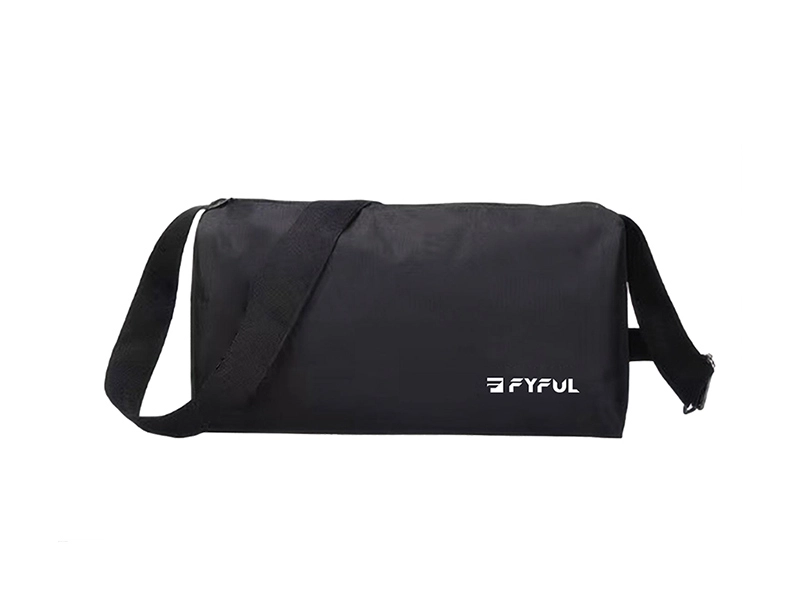
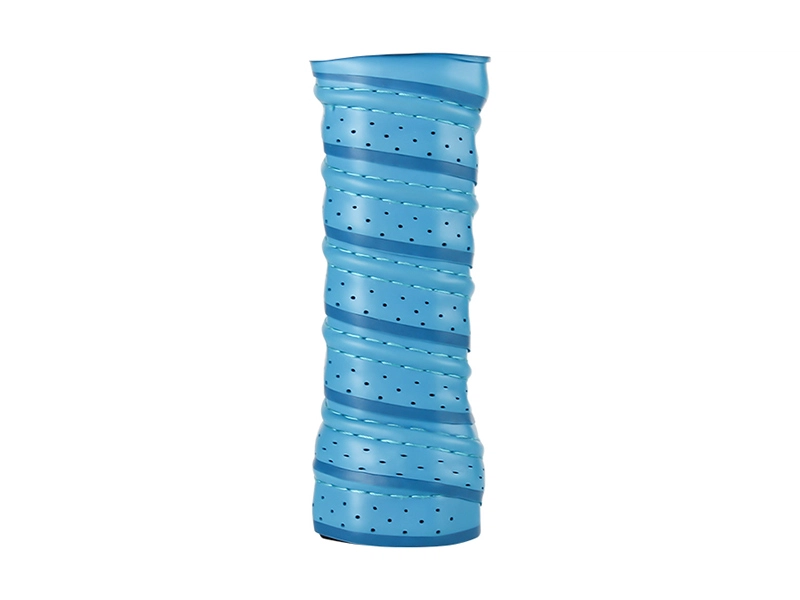
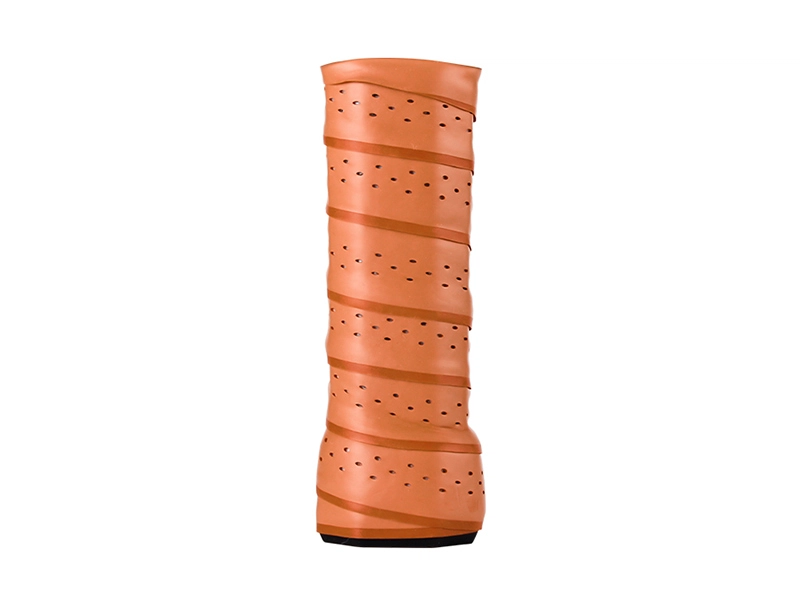
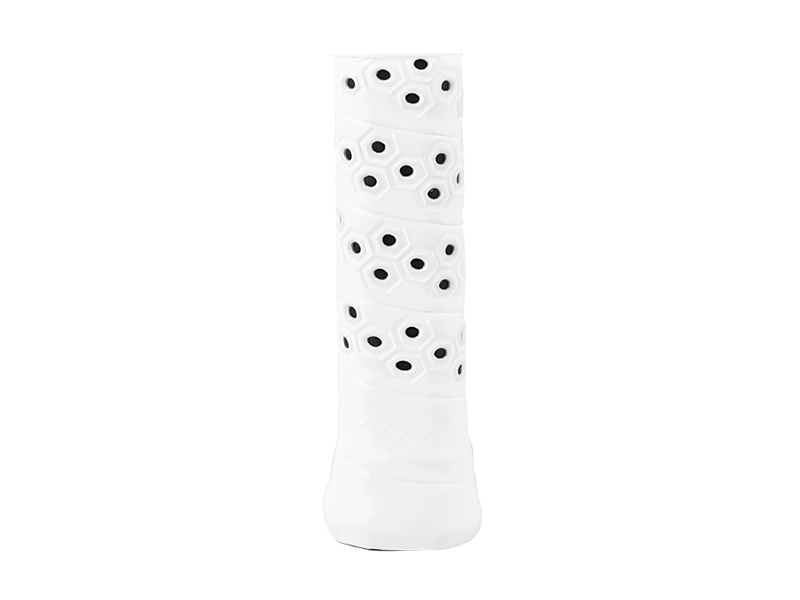
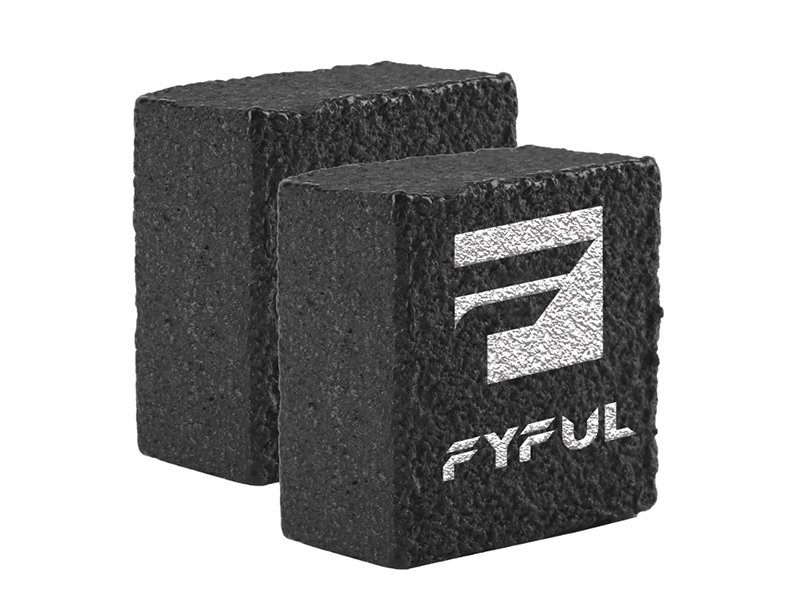
FAQs of Fyful's Pickleball Equipment
Can clients customize not just the paddles but also the packaging to align with their branding requirements?
Yes, clients can customize both the paddles and the packaging at FYFUL. We understand the importance of brand identity, which is why we offer extensive options for personalizing packaging along with the product itself. Clients can choose from a range of packaging styles, materials, and printing options that include their logos, brand colors, and other design elements. This comprehensive customization helps enhance brand visibility and customer engagement when the products reach the market.
How does FYFUL manage confidentiality and intellectual property concerns in custom orders?
FYFUL takes confidentiality and intellectual property protection very seriously. We implement stringent measures to safeguard our clients’ proprietary information throughout the customization process. This includes non-disclosure agreements (NDAs) with clients and suppliers, secure data handling protocols, and restricted access to sensitive information. We ensure that all custom designs and associated intellectual property rights are securely managed and remain confidential, providing our clients with peace of mind that their unique designs are protected.
Does FYFUL offer post-purchase support for customized orders?
Absolutely, FYFUL provides robust post-purchase support for all customized orders. Our support includes technical assistance, maintenance tips, and handling any issues related to the product’s performance or quality. We also offer a warranty on customized products, covering defects in materials or workmanship to ensure that our clients are completely satisfied with their purchases. Our dedicated customer service team is available to address any questions or concerns that may arise after the sale, ensuring that clients receive the full benefit of their investment in custom FYFUL products.
SEND US AN EMAIL
Interested in Custom-Made Sports Equipment Manufacturing?
Jiangxi Fyful Sports Products Co.,Ltd.
Partner with FYFUL to develop high-quality, tailored sports equipment that distinguishes your brand.
CONTACT US
Phone: +86 19979515699
Email: QB@fyful.com
Address: # 261 Yingbin Ave, High tech Industrial Park, Chongren, Fuzhou, Jiangxi Province, China
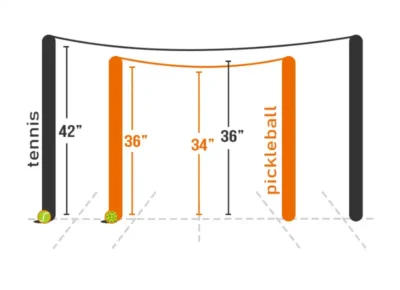
Pickleball vs Tennis Net Height: 6 Critical Differences Court Buyers Must Know
Wondering about pickleball vs tennis net height differences? This guide explains official standards, conversion options, and what buyers should consider
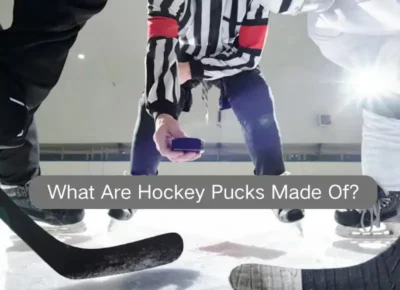
What Are Hockey Pucks Made Of? 4 Essential Facts Behind Their Powerful Design
What Are Hockey Pucks Made Of? Discover the rubber compounds, vulcanization process, and temperature factors that make pro hockey pucks
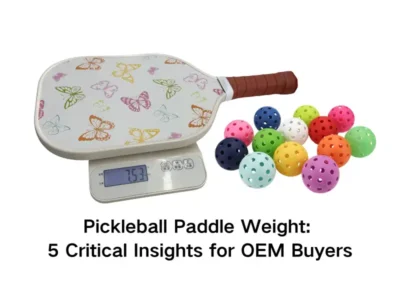
Pickleball Paddle Weight: 5 Critical Insights for OEM Buyers
Understanding pickleball paddle weight is essential for OEM buyers looking to balance performance, material cost, and market expectations. Learn how



